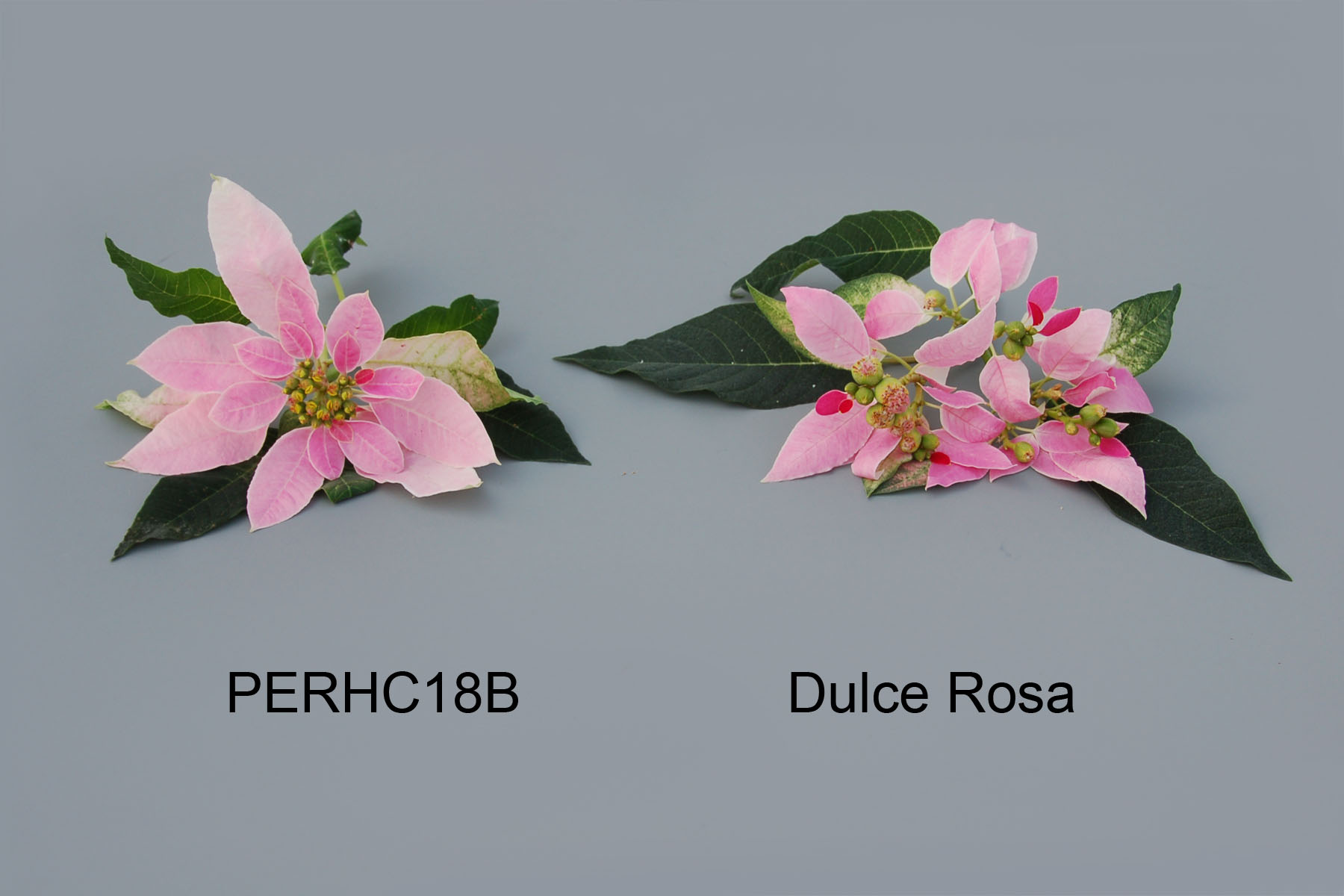
Podosphaera xanthii exhibited a simpler branching pattern. Lobed appressoria of Neoerysphe and Phyllactinia also branched at 120°.

The same true germ tubes developed initially on host surfaces, where secondary tubes and/ or extensions from appressorial lobes grew into colonyforming hyphae. It is particularly well known for its red and green foliage and is. 241000006479 Cyme Species 0.000 description 2 RCTGMCJBQGBLKT-PAMTUDGESA-N Scarlet Red Chemical compound RCTGMCJBQGBLKT-PAMTUDGESA-N scarlet red USPP307P (en) Poinsettia () (). Indigenous to Mexico and Central America, the poinsettia was first described by Europeans in 1834. Conidia developed only one true germ tube rarely secondary unswollen tubes emerged from spare shoulders or ends. The poinsettia ( / pnsti / or / pnst /) ( Euphorbia pulcherrima) is a commercially important plant species of the diverse spurge family ( Euphorbiaceae ). After 36 h some lobes re-divided forming botryose or jigsaw patterns even extending with extra appressoria to form candelabra-like structures. When the source/sink ratio of a plant is high, compound inflorescences (flowers) with many-branched axes develop rapidly. As a result, a compound inflorescence unit develops as a scorpioid cyme at high order, while primordia differentiate as a dichasium. in the center a tight cyme with medium size cyathia. There was a close relation between the position of primordia and their abortion. Outlines of extracellular material after removal of germinated conidia confirmed this manner of branching. A new Poinsettia plant particularly distinguished by medium size, pink, ovate bracts in a flat. Each division produced a temporarily dormant outward-facing lobe and an inward limb that continued growth and division to form the axis of curved, hooked, single- or double-headed symmetrical or asymmetrical structures in a helicoid cyme-like pattern. Viewed from above with light or scanning electron microscopes, other species had ± irregular lobing, but from below in the plane of contact with the substrate successive dichotomous branchings at 120° were seen to produce a five-lobed appressorium within 6 h. For heliotrope, there was no difference between SMC treatments for cyme number.


Only unlobed appressoria, termed alobatus pattern, were seen in E. Similar results were reported for poinsettia (Euphorbia pulcherrima). is largely responsible for the poinsettia being the number one potted. For those interested in a little info about this site: its a side project that I developed while working on Describing Words and Related Words.Both of those projects are based around words, but have much grander goals. Modes of branching of appressoria on conidial germ tubes of 36 Erysiphe spp. Flowers: in umbellate cymes, the leaf-like bracts turning showy colors (reds.


 0 kommentar(er)
0 kommentar(er)
